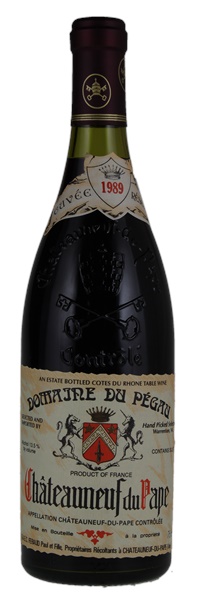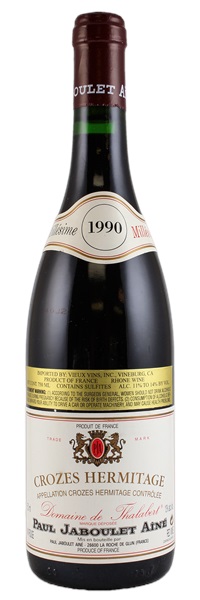 I have drunk more than my share of this incredibly good Cairanne. In fact, I bought it by the case back in the days (1980s, early 1990s) when it sold for $8 to $10 a bottle (as opposed to $30 today). I usually followed the advice of the domaine and drank it at 5 to 8 years of age; so I have never had a l'Oratoire Saint Martin Prestige this old; nor have I ever had one this good.
I have drunk more than my share of this incredibly good Cairanne. In fact, I bought it by the case back in the days (1980s, early 1990s) when it sold for $8 to $10 a bottle (as opposed to $30 today). I usually followed the advice of the domaine and drank it at 5 to 8 years of age; so I have never had a l'Oratoire Saint Martin Prestige this old; nor have I ever had one this good.The Prestige bottling, now known as les Douyes, is produced from a field blend (60% Grenache, 40% Mourvedre) planted in 1905 on limestone/clay slopes. It is one of the top wines from the estate and my favorite, although I am more likely today to buy the Reserve des Seigneurs--less distinctive but also more affordable.
Deep and dark. Sediment forming on one side and some free floating clumps. The bouquet is intense and glorious from the time the cork is popped. Black fruits, violets, leather, spice and herbs. More typical of Mourvedre than Grenache. Very fruity on the palate but with lots of grip and concentration. The texture is somewhat rough, probably because a few bits of sediment made it into my glass. But the finish is long and satisfying. I love this wine.









